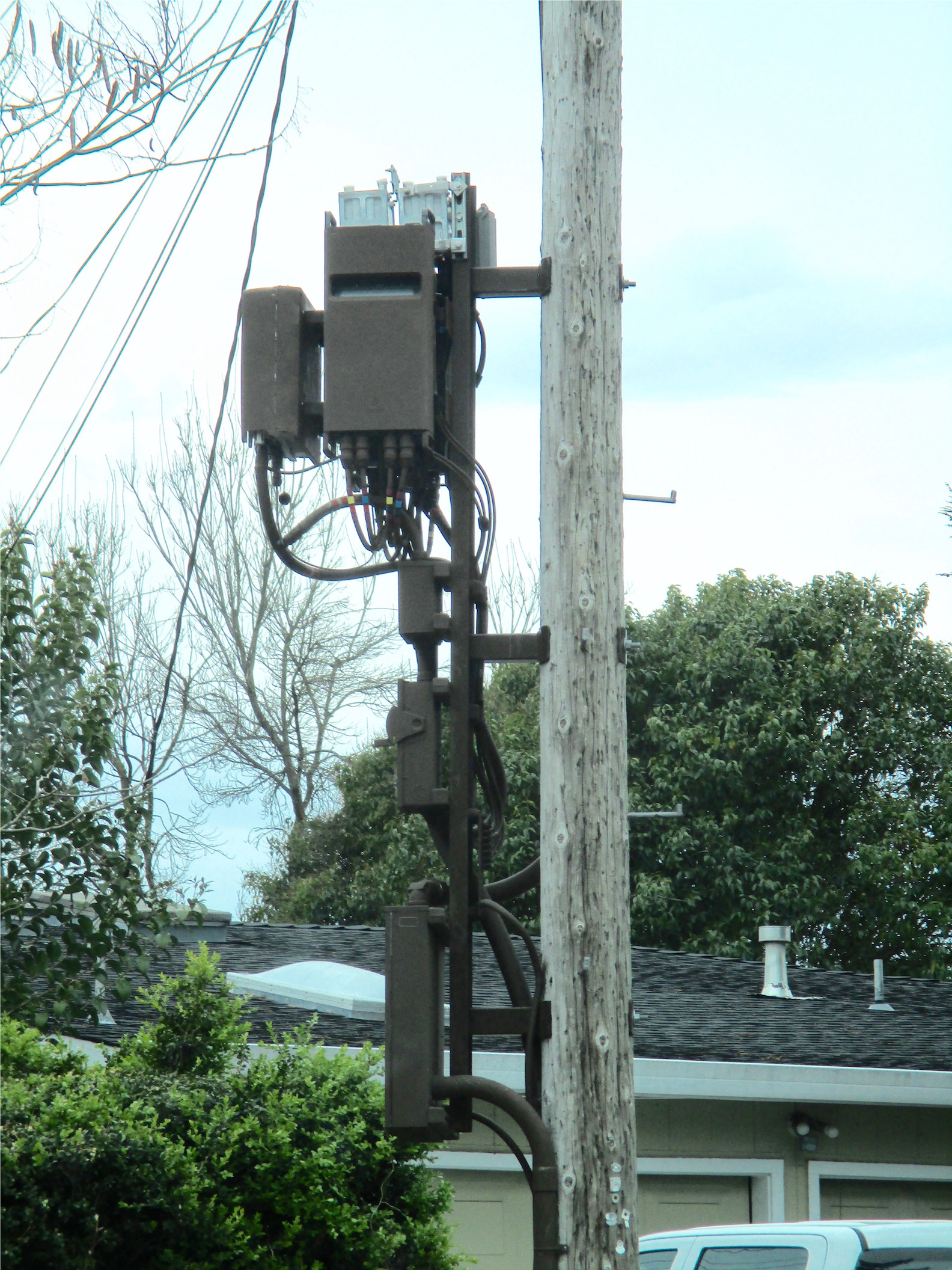If you've ever wandered through a town and spotted tiny mini 5G cell towers on street light poles. They appear like tiny boxes however, they're actually transmitting wireless signals from cell phone providers to your phone.
These smaller towers are replacing larger, purpose-built cell towers. Although what is a safe distance from a cell tower 're not as visible, they still can create issues for users.
The Federal Communications Commission's Radiation Exposure Thresholds
The FCC's Radiation Exposure Thresholds determine the safe distance that one can expose to electromagnetic energy from wireless devices. The limits of exposure are based upon scientific research which prove that electromagnetic energy could cause harm to health.
The rate of absorption called the specific absorption rate (SAR) is an indication of the radiofrequency energy that is absorbed by tissue. It is typically 1.6 milliwatts per kilogram averaged over one gram of tissue.

However, because 5g transmits at higher frequencies, it has the potential to cause greater energy intensity on the skin and other directly-exposed body parts. This could lead to various potential problems, including an increased appearance of skin disorders like dermatitis, cancer of the skin and cataracts.
Because of the potentially negative effects of 5G radiation, PSU has chosen to establish a general, localized power density limit of 4 mW/cm2 averaged across 1 centimeter, but not exceeding 30 minutes for the entire 5G spectrum at 3000 GHz. This localized limit is consistent with the peak SAR spatial-average of 1.6 W/kg, averaged over one g of tissue at 6 GHz.
what is a safe distance from a 5g cell tower

Have you ever used a mobile phone, you're probably aware that a safe location from the tower is around 400 meters away. This is due to the power of transmission from a cell tower increases dramatically the farther your location from the tower.
While this sounds like an ideal idea, the reality is that people living in close proximity to towers might be more susceptible to health issues. For instance, a 2014 study in India found that residents living within 50 meters from cell towers suffered much more health problems than those who lived farther away from the antennas.
However, this study also showed that residents who moved to areas further away from cell towers noticed their symptoms return to normal within a few days. Studies have also shown that exposure to high frequencies of radiofrequency electromagnetic fields (EMFs) can cause brain tumors, cancer and other health issues.
This is because radiofrequency radiation, utilized in wireless communications, can be absorbed by the body's outer layer, the skin. This is vital to be aware of because the skin serves as a protective barrier against mechanical injury, infection by pathogenic microorganisms, and infiltration of toxic substances. The skin is the most important organ in the human body, and is responsible for protecting other organs.
The FCC's Minimum Exposure Thresholds
The FCC's Minimum Exposure Thresholds rely on numerous assumptions that are not supported by evidence from science. These include the erroneous assumption that short-term exposures to RF radiation are safe due to the limited absorption into body (i.e. thermal heating of tissue).
This assumption does not take into account the deeper penetration of the ELF elements of modulated radio signals and the consequences of brief bursts of heat from pulsed RF waves. what is a safe distance from a 5g cell tower are not compatible with the current understanding of biological consequences of RF radiation. As such they shouldn't be used for health protective exposure standards.
Additionally to here , ICNIRP and FCC limit the maximum limits of exposure to peak local SARs, based on the maximum speed of spatial absorption (psSAR), which can be described as not a sufficient dosimetric tool to assess the amount of radiation exposure. In particular, psSAR is inaccurate for frequencies that exceed 6 GHz. In addition, psSAR is not been tested for RF radiation exposed to other agents of the environment such like sunlight. In the event of interactions, RF radiation and other environmental agents could produce synergistic or antagonistic results. This can lead to an increased risk of negative health adverse effects. For example, exposure to RF radiation and sunlight could cause an increase in the incidence of skin cancer and exacerbate other skin diseases such as acne.
